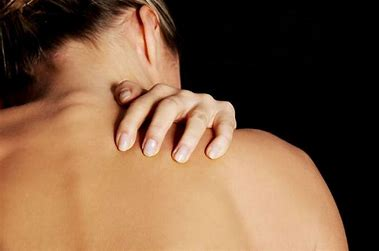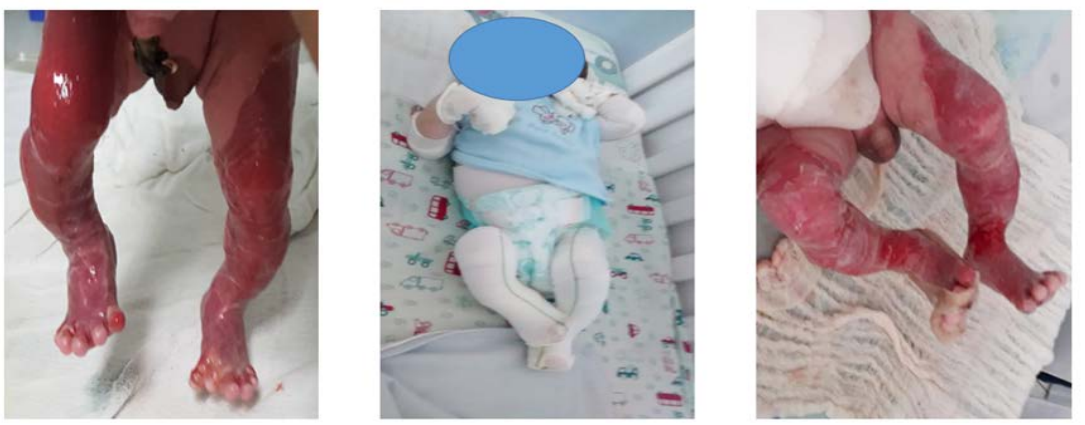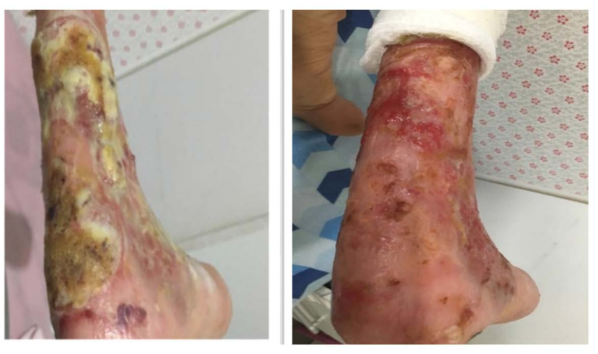
Privacy statement: Your privacy is very important to Us. Our company promises not to disclose your personal information to any external company with out your explicit permission.

 March 06, 2024
March 06, 2024
Abstract:
Bullous epidermolysis (EB) is defined as a rare, hereditary skin condition that includes a group of diseases characterized by the occurrence of blisters on the skin and mucous membranes. Vesicles and blisters usually develop as a result of mechanical pressure or friction, but may occur spontaneously, with a highly variable clinical severity, and may be of autosomal recessive or autosomal dominant nature. There are four main groups that are subdivided according to the inheritance pattern, lesion morphology, affected areas, histological level of skin separation and type of mutations. Due to the treatment complexities atraumatic soft silicone dressings had been recommended for the management of patients with EB.
Case1:
This is a case report of a newborn patient diagnosed with aplasia cutis congenita (ACC) and EB at birth. No family history of congenital malformations was reported. The patient was diagnosed with ACC and EB due to the absence of the skin on the lower limbs accompanied by blisters on the upper limbs, neck and gluteal regions. Wound care and dressings had been performed every 48 hours after bath. On the fifth day after birth the soft silicone foam exudate transfer dressing had been used as a primary cover for the areas without skin and blisters, whereas an absorbent dressing served as a secondary cover. These dressings were left intact for 5 days. The second dressing change was performed on the eleventh day after birth, thereafter the patient had been discharged from hospital on the same day. During the use of the dressing on the newborn for one week at hospital, the patient’s behavior was very close to that of a healthy infant. Medical staff reported that the dressing was comfortable to wear; patient’s acceptance of breastfeeding improved; and there were fewer expressions of pain in the newborn during the whole period of hospital stay and hygiene procedures.

Case 2:
A 39 year-old female patient diagnosed with EBDR and secondary carcinoma presented a skin lesion on the right lower limb. The skin lesion had a large amount of serous exudate, necrotic area and a fetid odour. At the start of the treatment period the lesion was debrided and the silver sulfate-impregnated soft silicone foam exudate transfer dressing¥ was applied. Dressing changes were performed every 2 days, for the period of 2 months. At the end of this period good results were achieved and the healing process was promoted

Results:
Due to the rarity of EB, it is challenging to conduct statistically valid studies to provide evidence to support the efficacy of any particular wound management strategy. Generally, it is suggested that silicone-based foam dressings can be used for superficial erosions, and for protection from friction and shear forces. Soft silicone contact layers are suitable for ulcers, whereas a thin silicone foam dressing with or without an exudate transfer layer is preferred for the prevention of digital webbing. Non-adherence to the wound bed is recognised as a critical feature determining the choice of dressings. The soft silicone contact layer is reported to significantly alleviate pain and anxiety during dressing changes in several case studies involving children.
Conclusion:
EB is a challenging condition which requires multi-disciplinary and wound specialist care with medical devices that are designed to minimise pain and trauma to the wound bed. Numerous published case studies demonstrate that the silicone-based dressings and fixation devices performed well, alleviated pain, and improved clinical outcomes in patients with EB and related bullous conditions. Silicone-based dressings offer a good solution for patients with EB who have very fragile skin and need to cover their blisters with dressings and mostly change those daily.
Mendes, Luciana, et al. "Atraumatic soft silicone foam exudate transfer dressings efficacy in Epidermolysis Bullosa: Case series." (2020).

Privacy statement: Your privacy is very important to Us. Our company promises not to disclose your personal information to any external company with out your explicit permission.

Fill in more information so that we can get in touch with you faster
Privacy statement: Your privacy is very important to Us. Our company promises not to disclose your personal information to any external company with out your explicit permission.